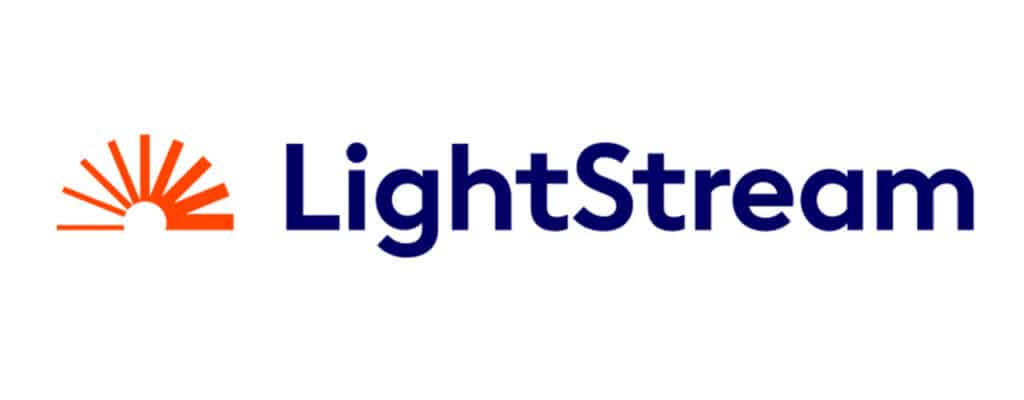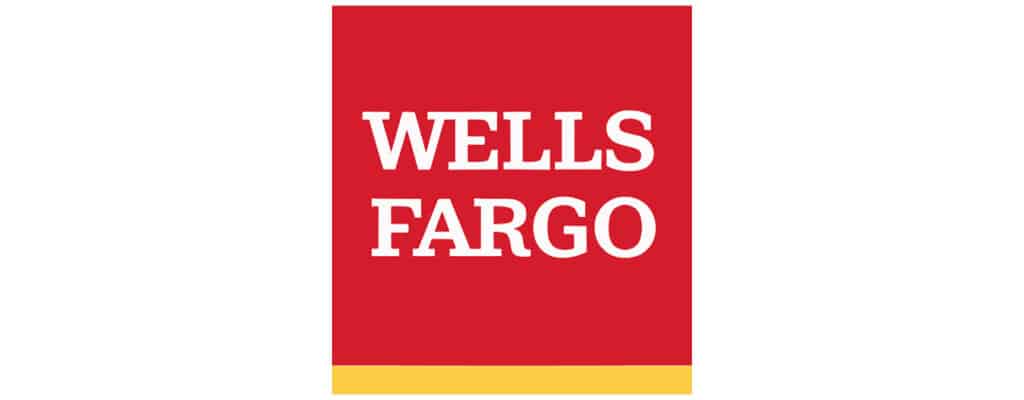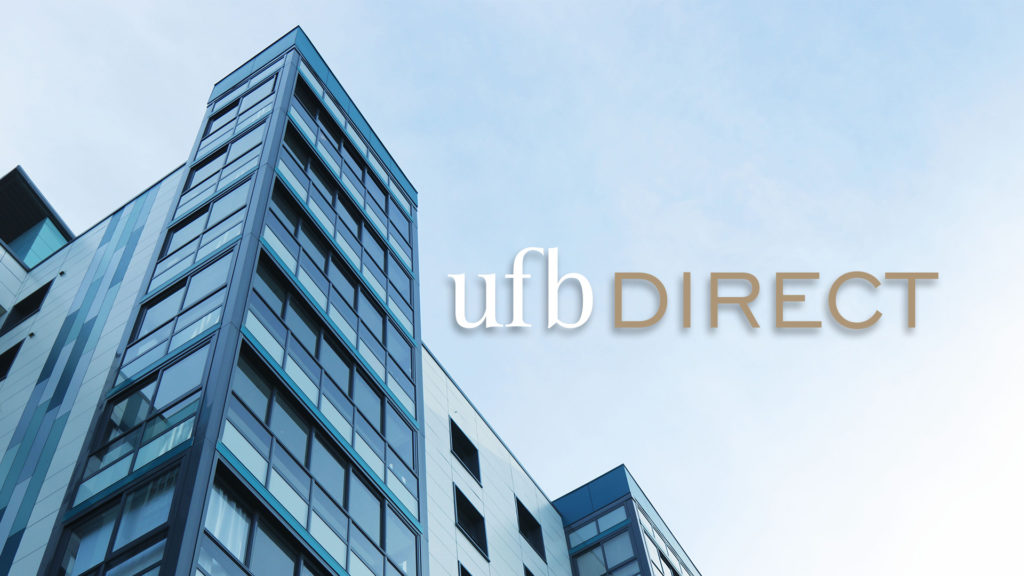Most products on this page are from partners who may compensate us. This may influence which products we write about and where and how they appear on the page. However, opinions expressed here are the author's alone, not those of any bank, credit card issuer, airline or hotel chain. Non-Monetized. The information related to Chase credit cards was collected by Slickdeals and has not been reviewed or provided by the issuer of these products. Product details may vary. Please see issuer website for current information. Slickdeals does not receive commission for these products/cards.
It was one of the most stressful times of my life.
A few years out of college, I worked a minimum-wage restaurant job when I learned I was accepted for a highly coveted work internship. The dilemma: it was halfway across the country, and my first day was the following week.
This was a once-in-a-lifetime opportunity, and I had to get there somehow despite having a beat-up car and very little savings. I started planning my trip, hoping to figure it out after I arrived at my new job. The next day, my car suspension ultimately gave out, and several mechanics told me it would take roughly $2,000 to fix. I was broke and working on a tight schedule, and I needed the money fast so I could still make the cross-country move in time.
How was I going to pull this off? I ended up taking out a personal loan to help fund my car repairs, which allowed me to move and attend my internship. Here's why I decided to take out a loan and how I managed to make it work for me.
How I Made the Decision to Take Out a Personal Loan
1. I Assessed My Financial Situation
First, I calculated the hard costs of my emergency car repairs and my anticipated moving expenses. I knew I needed to fix my car first, but I would still need to figure out how I would sustain myself right after the move while in between paychecks. Punching numbers into my budget spreadsheet, it would take about $3,500 to help with the move and the car.
I also did a credit score check, which turned out to be 700 at the time; pretty decent but not the greatest. I learned early that your credit score could open (or shut) some doors. Now knowing my credit score, it was time for me to research my options.
2. I Weighed the Alternatives
The best alternative is to avoid borrowing money from lenders or opening up credit cards for emergencies, but that's not a luxury everyone has. Usually, I would always recommend using your emergency funds first or asking friends or family to help you out. But in that desperate time of need, I didn't have that much saved up nor a financial support system to depend on, so I had to do some more digging.
Next, I researched credit cards to see if I'd qualify for some that offered a 0% intro APR for 12 to 18 months. One of the better cards that I qualified for at the time was from Discover. Their 0% APR for 12 months was enticing, but its variable APR would kick in at 19% after that year. Not a bad option, but I also needed some cash to pay for my rent and deposit on a new apartment.
Finally, through a friend's suggestion, I looked into personal loans. It was a whole new world I wasn't aware of, and I knew I had to be diligent with my research.
3. I Researched the Best Personal Loan Options
Personal loans are popular because they can be used for a wide range of expenses, including emergencies: home & car repairs, medical bills, job loss, and more. For me, a personal loan could help out with unexpected moving and car costs. In addition, I learned that funds are sent quickly, and repayment is manageable through fixed monthly payments.
Here are the four key factors I was mindful of when applying for personal loans:
- Payment terms: Can I afford to make loan payments and pay it off in 1-5 years?
- Interest rates: Is the loan APR lower than my credit card's interest rate?
- Fees: How much do the fees add to my borrowing cost?
- Funding time: How fast can I receive the funds for my repairs?
After much thought and consideration, I ended up applying for and receiving the $3,500 personal loan that I needed for my moving costs and car repairs. I went with Lightstream's 2-year repayment plan at 16.9% APR. My monthly payment was about $172.
A personal loan was a better choice than a credit card for me because I needed cold hard cash for my apartment's security deposit.
Overall, I'm glad I went this route because I knew that two years would be enough given the career potential I would receive upon my internship.
Tip: I prequalified for several loans so that I could compare loan offers without a hard inquiry on my credit report.
4. I Created an Exit Plan for Paying Off My Loan
It was crucial for me not to get sucked into the trap of taking out a loan that I knew I wouldn't be able to pay off. As a college freshman, I made this mistake with a credit card that put me into some debt. That mistake took me over two years to pay off while slowly fixing my credit. I wasn't going to make the same mistake twice.
Here is how I managed the repayment of my loan.
- I made sure to put my payments on autopay so I wouldn't miss a payment.
- In order to keep to my repayment schedule, I also picked up some freelance side hustles to create more cash flow during the off-hours of my internship.
- I created a budget so I knew where all my money was going.
With these steps, I felt comfortable moving forward on the personal loan.
Mistakes I Avoided on My Personal Loan
Having a large lump sum of money deposited into your account can create some temptations. Here are some things I managed to avoid, and recommend you do so too.
1. Not making my monthly payments.
Look, there was a moment 9 months into the repayment plan when I thought about taking a personal trip with that monthly payment. I was tired of working my tail off, but ultimately, I knew I would regret it and my future self would be playing catch-up. I'm so glad I stuck to my schedule even if it meant making sacrifices.
2. Keeping my expenses high.
When I created my budget, I went through my past purchases to see where I can cut back on expenses so I don't overexert myself financially while I repay the loan. Turns out a big chunk of my budget was eating out (hello, food delivery!), so I started preparing my own meals to save money. If I kept spending the amount I did before, there was no way I could pay the personal loan off in time.
3. Not remembering the terms of my loan.
I wrote a little note for myself about the repayment plan in my online spreadsheet, which I went back to every week. Keeping this at the forefront of my mind kept my focus on prioritizing paying on time and how long I would have to do so. And boy, I was so proud of getting to that final payment date.
4. Borrowing more money than I really needed.
I knew I qualified for a higher amount than what I needed, and the thought of having a financial cushion was nice. But this was money I'd have to pay interest on, and having that extra money sitting in my bank account was expensive. So, with that in mind, I only requested exactly the amount I needed to avoid overborrowing.
Best Personal Loans to Consider
There are a ton of lending options out there, and it can be overwhelming. Here are some loans worth considering based on your unique needs.
- Best for Fast Funding: LightStream
- Best for Competitive Rates: Wells Fargo
- Best for Bad Credit: LendingPoint
Loan results will vary based on creditworthiness, loan purpose, loan amount, and other factors.
Best for Fast Funding: LightStream
Not only do they move quick on approving loans, Lightstream has no prepayment or late fees.
LightStream
- Loan Amounts$5,000 – $100,000
- Loan Terms24 – 144 months
- APR Range7.49% – 25.49% (with autopay)
- Minimum
Credit Score660 or aboveA credit score is used to indicate the creditworthiness of an applicant, but it is only one of several factors considered for approval. These credit scores alone are not guarantees for approval and should only be used as guidelines.
LightStream is a solid online lender offering no fees, high loan maximums and low-rate personal loans for several purposes.
Overview
LightStream offers personal loans for several purposes, including debt consolidation, medical expenses, home improvement, weddings, car purchases and more, making this worth considering for those seeking flexibility. The lender offers relatively low rates compared to competitors, including autopay discounts. Its personal loans also have no origination fees or late fees, which can help keep borrowing costs low. However, borrowers will likely need to have good-to-excellent credit in order to be approved for a LightStream personal loan. Overall, it’s a good lender to add to your shortlist if you’re looking for flexible funding, no fees and a low APR. Lightstream may also disburse loans as soon as the same day you’re approved, making this lender a worthy choice if you need fast funding.
Pros
- Low minimum APR
- No origination fees, no late fees
- High loan maximum of $100,000
- Autopay discount
- Joint applications allowed
Cons
- Rates and terms vary by loan purpose
- No soft pull prequalification
- Must have good-to-excellent credit
- No physical branches
Best for Competitive Rates: Wells Fargo
Wells Fargo offers some of the lowest APR rates for qualifying customers, along with flexible terms and no origination fees.
Wells Fargo Personal Loans
- Loan Amounts$3,000 to $100,000
- Loan Terms12 - 84 months
- APR Range7.49% - 23.24%
- Minimum
Credit ScoreNot disclosedA credit score is used to indicate the creditworthiness of an applicant, but it is only one of several factors considered for approval. These credit scores alone are not guarantees for approval and should only be used as guidelines.
With a Wells Fargo personal loan, you can borrow up to $100,000 and access a competitive APR—as well as no origination fees.
Overview
Offering a range of personal loan repayment terms, loan amounts up to $100,000, and competitive APRs, Wells Fargo could be a smart choice for borrowers seeking flexibility. Existing qualified Wells Fargo customers may also benefit from relationship discounts, which can bring your rate even lower. Like other personal loans, Wells Fargo’s loans can be used for several purposes, including debt consolidation and home improvements. Borrowers won’t pay any origination fees or prepayment penalties, though late fees may apply if you miss your payment date.
Wells Fargo doesn’t disclose its minimum credit score requirements, and it indicates loans may be funded in one to three business days after approval. This is a longer funding time frame than certain competitors. Despite these drawbacks, a personal loan from Wells Fargo does offer solid perks, so it’s worth a look if you’re comparing options.
Pros
- Large loans of up to $100,000 available
- Has prequalification option
- Relationship discounts for qualified existing customers
- Same-day credit decisions possible
Cons
- Credit score requirements not disclosed
- Funding time is longer than some competitors
Best for Bad Credit: LendingPoint
While their APR range was a lot higher than some of the other places I was looking, they gave room for borrowers who had lower credit scores and needed fast cash.
LendingPoint
- Loan Amounts$2,000 – $36,500
- Loan Terms24 – 72 months
- APR Range7.99% – 35.99%
- Minimum
Credit Score600 or aboveA credit score is used to indicate the creditworthiness of an applicant, but it is only one of several factors considered for approval. These credit scores alone are not guarantees for approval and should only be used as guidelines.
LendingPoint offers fast personal loans with flexible credit requirements, making it accessible for borrowers with less-than-ideal credit.
Overview
LendingPoint uses technology to help evaluate potential borrowers and has more flexible credit score requirements than some competitors. Its personal loan APRs are fairly competitive, and loan funds can be disbursed in as soon as one business day. However, borrowers may need to pay an origination fee, ranging from 0% to 8% of the total loan amount. Still, LendingPoint’s low minimum credit score and lengthy maximum repayment term make it a compelling offering.
Pros
- Fast funding available
- Low minimum credit score requirement
- Long repayment terms up to 72 months
Cons
- Relatively low maximum loan amount ($36,500)
- No physical locations
- Origination fee may apply (0% to 8%)
Was It Worth It?
Overall, I'd say the personal loan was worth it. Taking out a loan can be expensive and may not be right for every situation, but it was the best option for me at the time. Without the loan, I wouldn't have been able to get the quick funding that I needed to move for my internship.









